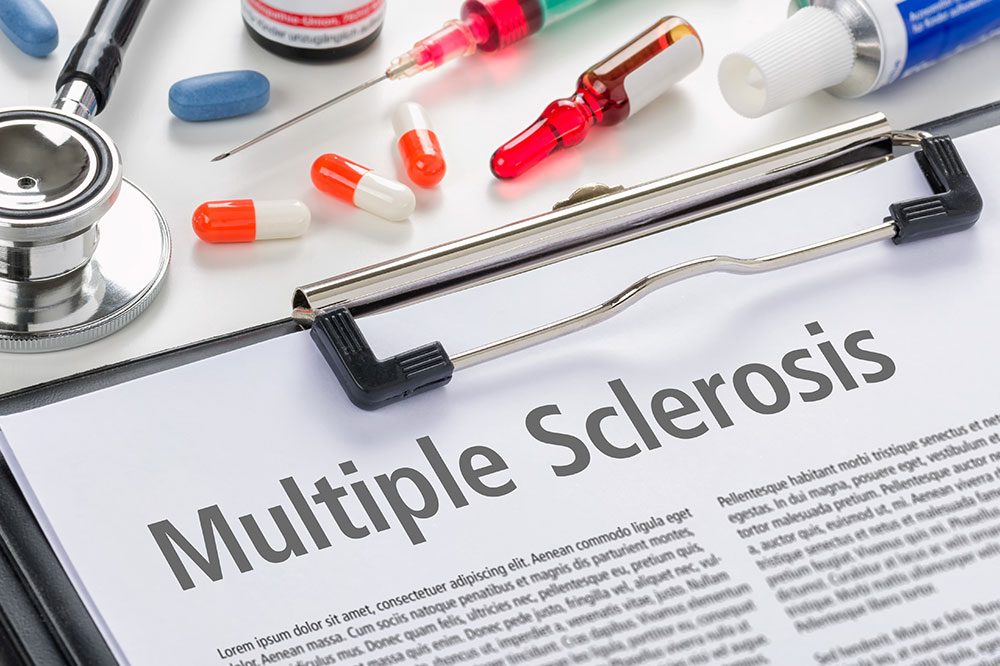Stages, diagnosis, and prevention of multiple sclerosis

Multiple sclerosis is a disease that affects the spinal cord and the brain. Some of the common symptoms of multiple sclerosis are weakening and numbing in the body, blurring of vision, headaches, loss of hearing, speech issues, seizures, and bladder issues. The main treatment of multiple sclerosis focuses on managing symptoms of the disease.
Let us take a look at the stages that the person goes through in case of multiple sclerosis.
Stages of multiple sclerosis
There are four stages of multiple sclerosis. These include:
Clinically isolated syndrome
A clinically isolated syndrome is usually the first attack of multiple sclerosis experienced by patients. It is marked by an inflamed myelin sheath. At this stage, a Magnetic Resonance Imaging (MRI) test is used to make a proper diagnosis.
Relapsing-remitting multiple sclerosis
Relapsing-remitting multiple sclerosis is the most common stage. Most patients experience symptoms of this stage before the age of 30. Patients may experience episodes of symptoms. Relapse in this stage can lead to brain lesions. If patients go into remission, this phase can continue for a few weeks or even several years.
Primary progressive multiple sclerosis
Primary progressive multiple sclerosis usually begins in patients after they cross the age of 40. This form of multiple sclerosis will have continuous symptoms with no gap. Generally, patients do not go into remission during this stage.
Secondary progressive multiple sclerosis
Secondary progressive multiple sclerosis is a very severe form of relapsing-remitting multiple sclerosis. Unlike the relapsing-remitting multiple sclerosis where it is common for patients to experience a break in the symptoms, secondary progressive multiple sclerosis does not have any break in the symptoms and they remain constant.
Diagnosis of multiple sclerosis
There are no specific tests that one can undergo to determine whether they have multiple sclerosis. Therefore, the diagnosis depends on ruling out other diseases that have similar symptoms. This is a process that doctors refer to as differential diagnosis. Here are some of the tests that are a part of the differential diagnosis for multiple sclerosis
- Blood tests
After asking you a few questions about your medical history, the doctor will make you do a blood test. The blood test helps the doctor to verify the absence of other diseases. To further enhance the diagnosis, blood tests are currently under study in order to find specific biomarkers related to multiple sclerosis. - Lumbar puncture
In this test, fluid is taken from your spine to search for antibodies. A lumbar puncture can also help to eliminate other possible diseases. - MRI
MRI is used to search for brain lesions. It also helps to look at the spinal cord.
Prevention of multiple sclerosis
To date, multiple sclerosis has no known cure. There also are no confirmed methods of preventing this disease. Experts are currently studying the impact of the environment and genes on the development of multiple sclerosis. Various studies state that vitamin D and coffee were two factors, which have helped in the prevention of multiple sclerosis. Yet, these studies have not been confirmed and are still a part of the ongoing research.
















